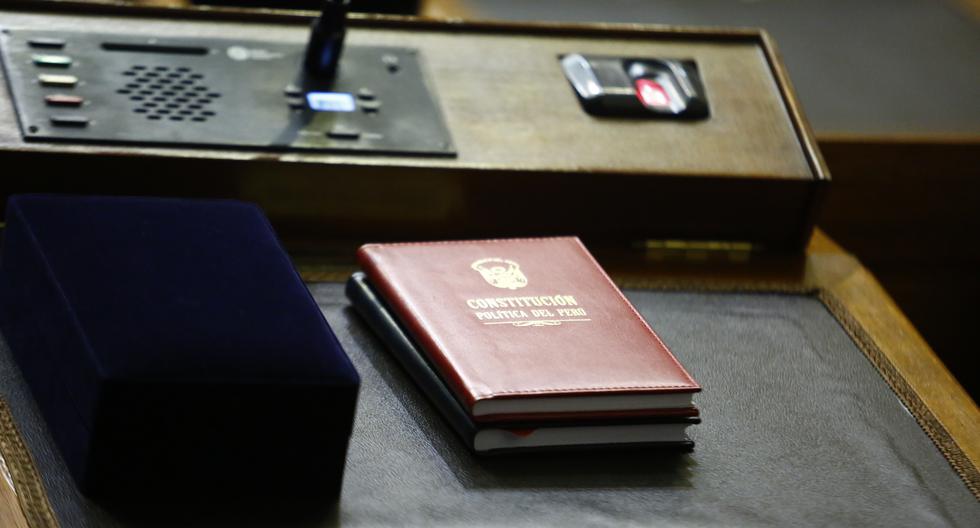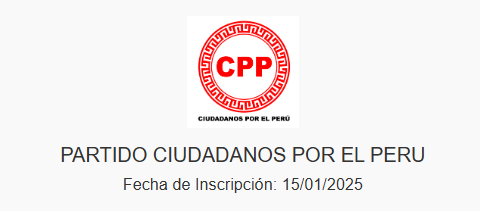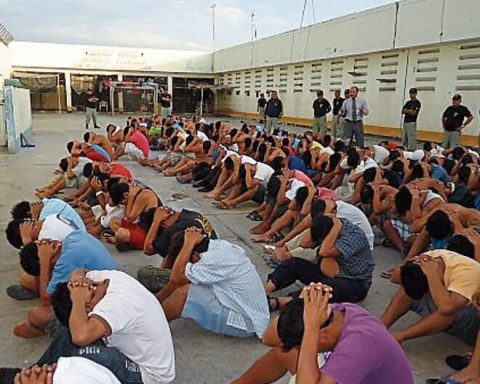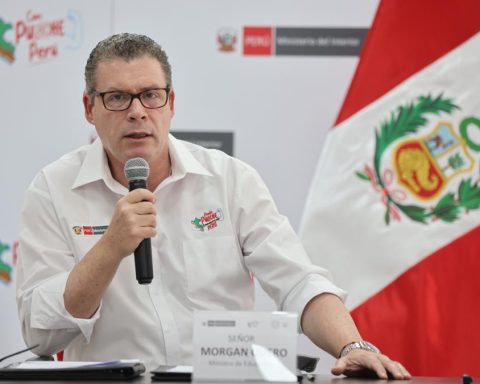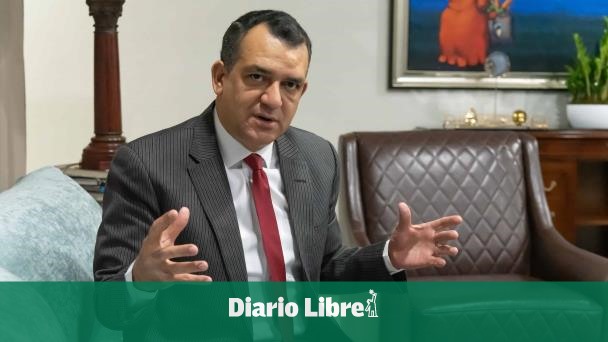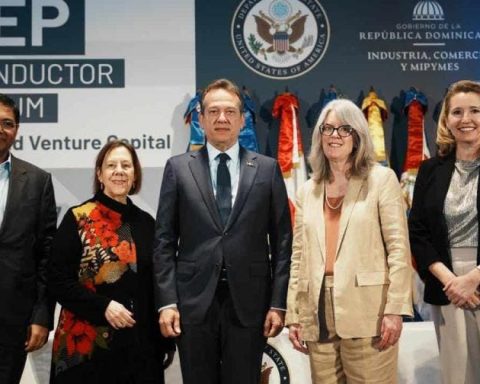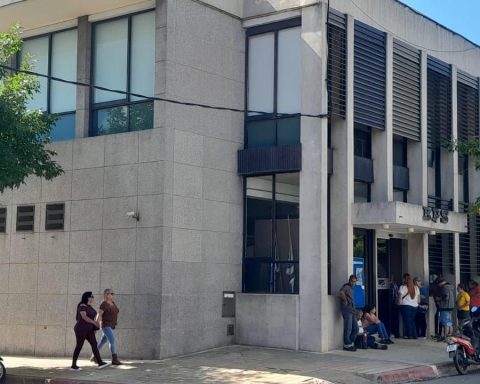Since Peru Libre came to power, the debate for a Constituent Assembly to elaborate a new Constitution has been intensified. 30 years from the Political Constitution of Peru of 1993which was promulgated on December 29 of that year and entered into force in the early days of 1994, it cannot be denied that the Magna Carta drawn up in the 1990s has been of vital importance in economic and legal matters, providing stability to the country even in the face of the coup promoted by the person who was the candidate of the pencil and later president, Pedro Castillo.
Infographic P21
History and function
The Political Constitution of 1993 was born after the coup d’état of April 5, 1992, when the 1979 Constitution was still in force. After the self-coup, Alberto Fujimori He called a Democratic Constituent Congress to draft a new Magna Carta, which was ratified in the referendum of October 31, 1993 and promulgated on December 29 of that year.
One of those who opposed the document at the time today recognizes the achievements of its composition.
“I fought the Charter of 1993 when it was issued, evidently for democratic reasons, because its birth was the breakdown of the rule of law and the consolidation of Fujimoriism that arrogantly installed itself in power, but if we compare GDP, economic growth and our constitutional framework as a whole, it cannot be denied that the Charter of 1993 ended up being positive”, indicated the ex-congressman and lawyer Natale Amprimo a Peru21.
solid economy
The ex-holder of the TC Oscar Urviola He considered that we could not have a better economic chapter. “There are many things that need to be improved in the 1993 Constitution, but if we talk about macroeconomic soundness, at the Latin American level I think we have one of the most reliable economies“, accurate.
He added that the economic chapter allowed the reduction of poverty, the expansion of the middle class and the control of inflation, “a series of advantages that unfortunately in recent years, as a consequence of the global crisis, have stagnated”.
For his part, the constitutionalist Carlos Hakansson He said that, although it was the consequence of a coup, the Constitution has had exercise legitimacy. “It has operated in three transition processes despite the political class, the case of Paniagua, the resignation of PPK, the case of Vizcarra, Merino, Sagasti and even now with Boluarte (…). The economic chapter corrected the deficiencies of the business State of the previous Constitution”, he stated.
“Constituent can lead to abuses”
Analysis by constitutional lawyer Lucas Ghersi
Before 1993, Peru had a totally controlled economy, which was not free, where the Central Reserve Bank (BCR) did not have independence and that is why there was inflation, where prices were controlled and for that reason, if you went to a store in the formal market, he could not find anything. You could only buy things on the black market. The 1993 Constitution guaranteed a viable monetary policy by providing for the independence of the BCR, allowed the growth of a healthy private sector and a stable economy, and that generated the development of a middle class in the country. Another achievement of the Constitution is the Constitutional Court, which is in charge of interpreting the Constitution, developing its content and protecting rights.
In the current call for a Constituent Assembly (CA) there are several conceptual problems. Many believe that it is the only way to change the Constitution, but that is false. The Constitution has had more than 30 democratic reforms, there are issues to improve and AC is not the only way. Furthermore, the power of a CA is absolute, and could lead to abuse.
RECOMMENDED VIDEOS
:quality(75)/cdn.jwplayer.com/v2/media/igRVtA43/poster.jpg)
